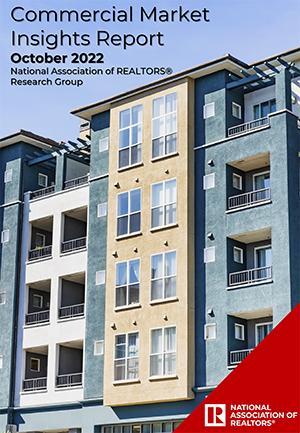After the strong rebound for the U.S. economy in 2021, growth in 2022 has slowed in the face of rising inflation, the household incomes squeeze, and geopolitical events. While the economy continues to deal with elevated inflation, there is a slowdown in the growth of commercial real estate.
Multifamily and industrial properties were the leading sectors in 2022. With healthy balance sheets, consumer demand boosted retail, multifamily, and industrial asset classes. While the industrial boom continues to show no signs of stopping, multifamily absorption and rent growth are decelerating. Multifamily absorption in the last four quarters was below the pre-pandemic levels, in the range of 60,000-70,000 units. In the meantime, rents rose year-over-year at a slower pace, by less than a double-digit percentage. However, multifamily housing demand remains relatively strong. Considering rising mortgage rates and home prices, people may be forced to rent for longer due to decreasing affordability.
As consumers cut back on spending due to elevated inflation, the net absorption of retail store space decreased to 16 million sq. ft. in the third quarter of the year. However, neighborhood retail that offers in-person services continues to advance. Net absorption for neighborhood centers rose by 35 percentage points compared to the second quarter of the year.
As the country navigates hybrid work, the office sector continues to struggle. Although more people return to their offices, after four quarters with positive net absorption, demand for office space dropped as net absorption turned negative again.
Inflation, interest rates, supply chain, and geopolitical events are the main factors that will determine how commercial real estate will perform in the following months. The National Association of REALTORS® will keep you informed monthly about the developments in commercial real estate.









